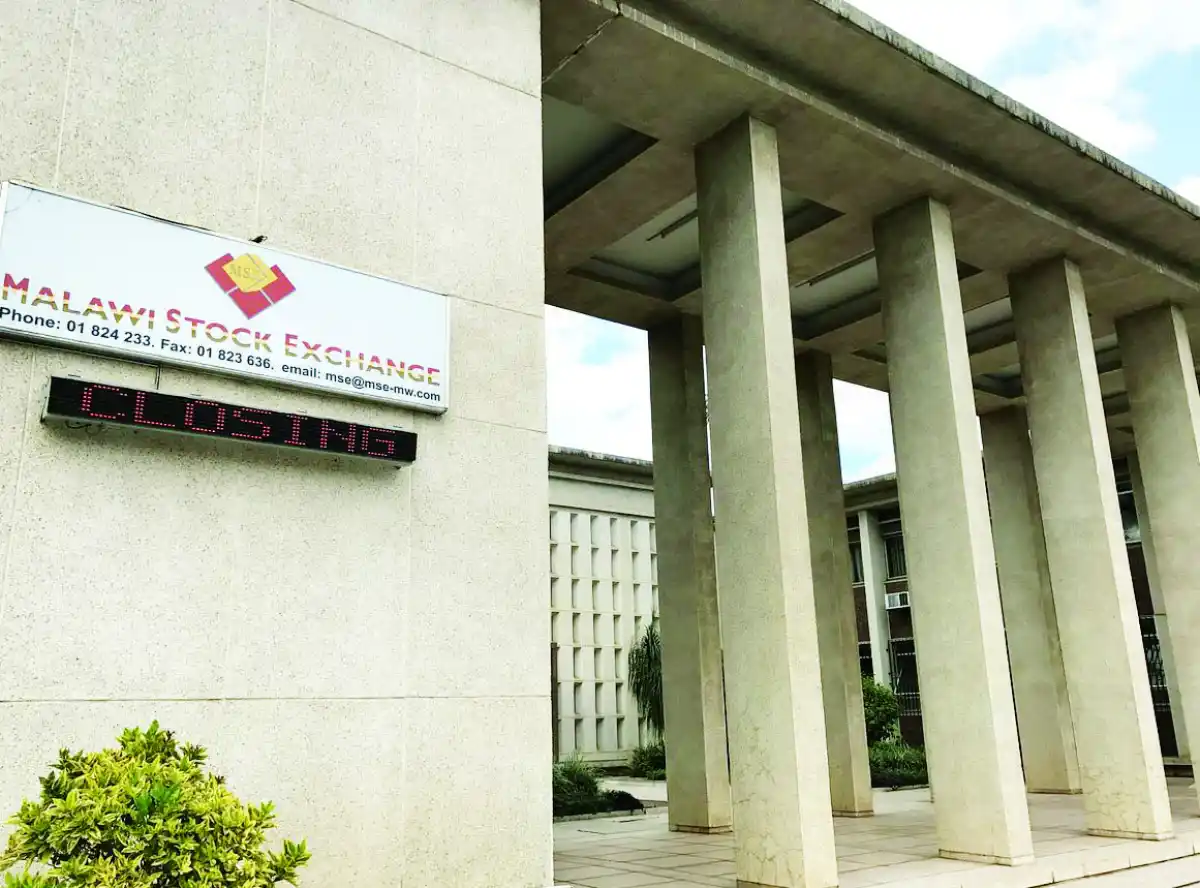

Interest spread— the interest rate charged by banks on loans minus the interest rate paid by banks for savings deposits—has widened by 11.23 percentage points in the past five years, monthly average figures published by the Reserve Bank of Malawi (RBM) show.
The Business Times has established that the spread reached 32.48 percent as an average between January and August 2024, higher than the 21.25 percent average spread recorded at the end of 2019.
The figures show that the spread reciprocated maximum lending rates trajectory, reaching 36.4 percent in August 2024, up from 24.86 percent five years earlier.
In contrast to the rising lending rates, savings deposit rates have remained stagnant at 4.27 percent since May 2023, showing no increase despite the significant rise in lending rates.
This savings rate was marginally higher at 4.43 percent in August 2019 and declined to 3.97 percent in 2021.
This means people and companies borrowing from banks are paying more for the money borrowed compared to how much the banks are paying customers for saving.
In an interview, President of the Economics Association of Malawi (Ecama) Bertha Chikadza said the causes of the upward trend are multifaceted.
She said they include tightening monetary policy, coupled with inflationary pressures, increased risk premiums, operational costs, and limited competition in the banking sector.
“Some short-term measures can provide quick relief. Monetary policy adjustments, such as easing interest rates, can reduce borrowing costs. However, there is a risk of increased inflationary pressures as borrowing costs decrease spurring increased demand for loans.
“However, long-term structural reforms are crucial. Boosting competition in the banking sector can drive down lending rates and increase savings rates. Financial inclusion initiatives, such as mobile banking and microfinance, can expand access to financial services,” Chikadza said.
She added that developing the financial sector, diversifying the economy, and enhancing human capital can create a stable financial landscape.
Economist Marvin Banda said high lending spread calls into question the efficiency of the banking sector as an intermediary between saving and investment.
However, he was quick to indicate that the trend was not surprising considering that real interest has been unsustainably negative for too long disincentivising savings to culminate in a low savings to GDP ratio.
“Malawi is suffering an interest paradox problem, where the policy rate is crushingly high but not high enough to curb structural causes to inflation. At high rates and spreads, barriers to entry are created as few borrowers will be in the market paving way for fiscal dominance. Moreover, government demand for credit will likely be less responsive to interest rate changes.
“These high lending rates are abating financial repression because banking lending rates amplify informational frictions which typically result in distortions in an efficient allocation of credit, away from potential investment opportunities that the real sector provides by reducing private sector credit to below 25 percent on average,” Banda said.

President of the Bankers Association of Malawi who is also Chief Executive Officer for Standard Bank Malawi Phillip Madinga said this trend could be attributed to several factors including rising lending rates, reference rate composition and prevailing economic conditions.
He added that banks are committed to supporting economic recovery, fostering economic stability and growth while also addressing the needs of savers and borrowers.
“The maximum lending rates increase reflects the banks’ response to higher risk premiums and inflationary pressures. The reference rate’s composition, heavily influenced by the Lombard rate and the interbank market rate, means that any increases in these rates will likely lead to higher lending rates. If the savings rate remains relatively unchanged, this results in a wider interest spread.
“The economic environment, characterized by high inflation and a challenging macroeconomic landscape, has likely influenced these rates. The RBM’s policy rate has been maintained at 26 percent to both stabilize inflation and also keep rates at levels that also allow for growth,” Madinga said.
The RBM’s Monetary Policy Committee on May 3 2019 decided to include three additional rates in the calculation of the reference rate in order to strengthen the transmission mechanism of monetary policy.
Subsequently, the weight on the Lombard rate was reduced to 59 percent. The remaining 41 percent of the weight was apportioned such that 91 Day Treasury Bills rate is weighted 10 percent, interbank market rate at 30 percent and savings rates at 1 percent.








0 Comments